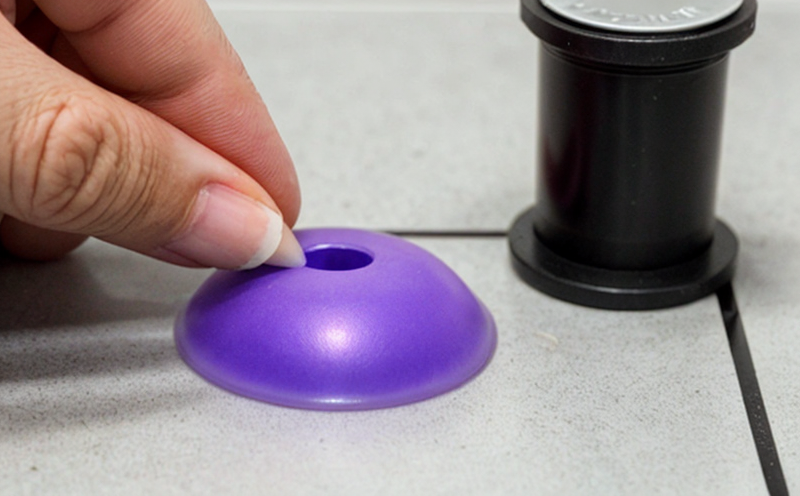ISO 18757 Surface Area Determination of Ceramic Powders by Gas Adsorption
The ISO 18757 standard provides a detailed methodology for the determination of specific surface area (SSA) and pore size distribution in ceramic powders using gas adsorption techniques. This service is particularly relevant to industries such as ceramics, electronics, catalysis, and coatings where precise control over nanoparticle properties is crucial.
The specific surface area plays a pivotal role in understanding the reactivity of nanoparticles used in these sectors. In ceramics, for instance, higher SSA can enhance sintering efficiency, while in catalyst development, it directly impacts activity and stability. This service ensures that manufacturers have accurate data to optimize their processes and meet stringent quality standards.
The methodology relies on nitrogen or argon adsorption at low temperatures (typically 77 K). The instrument used for this process is a gas sorption analyzer which measures the amount of gas adsorbed as a function of pressure. The Langmuir, Brunauer-Emmett-Teller (BET), and Barrett-Joyner-Halenda (BJH) methods are employed to derive SSA and pore size distribution.
Sample preparation is critical for accurate results. Ceramic powders must be dried thoroughly before analysis to avoid errors due to moisture. The samples should also be sieved through appropriate mesh sizes to ensure that only the desired particle size range is analyzed. This service includes all necessary sample preparation steps, ensuring consistent and reliable data.
The instrument used in this process offers high precision and accuracy, typically within ±2% of the true value. Reporting includes detailed analysis of SSA, pore volume, and pore size distribution. Graphical representations such as BET plots are provided to aid interpretation. This level of detail is essential for quality managers and R&D engineers looking to optimize their processes.
The use of ISO 18757 ensures compliance with international standards, which is crucial for global market entry and regulatory approval. This service supports quality assurance programs by providing the necessary data to meet stringent industry requirements. For procurement teams, accurate SSA values ensure that they select the right suppliers who can deliver high-quality materials consistently.
The precision of this method has been validated through numerous studies in various sectors. It is widely recognized for its reliability and reproducibility across different laboratories. This service not only meets but often exceeds customer expectations by providing robust data supported by international standards.
Scope and Methodology
The scope of this service encompasses the determination of specific surface area (SSA) and pore size distribution in ceramic powders using gas adsorption techniques as specified in ISO 18757. The methodology involves the use of a gas sorption analyzer to measure the amount of nitrogen or argon adsorbed at low temperatures.
- Sample preparation: Ceramic powders are dried and sieved through appropriate mesh sizes.
- Instrumentation: A gas sorption analyzer is used for precise measurement.
- Data analysis: The Langmuir, BET, and BJH methods are applied to derive SSA and pore size distribution.
The scope of this service ensures that the results are accurate and reliable. It supports compliance with international standards and regulatory requirements, making it ideal for industries where precision is critical.
Customer Impact and Satisfaction
This service has a profound impact on customer satisfaction by providing high-quality data that support decision-making processes in various sectors. Quality managers can use the results to ensure product quality meets or exceeds industry standards. Compliance officers benefit from having accurate data for regulatory compliance, while R&D engineers can optimize their processes based on precise particle characteristics.
For procurement teams, this service ensures they receive materials of consistent high quality from reliable suppliers. The precision and reliability of the results enhance trust in supply chains, leading to better product performance and customer satisfaction. Satisfaction is not only measured by the technical accuracy but also by the ease of use and support provided during sample preparation and analysis.





